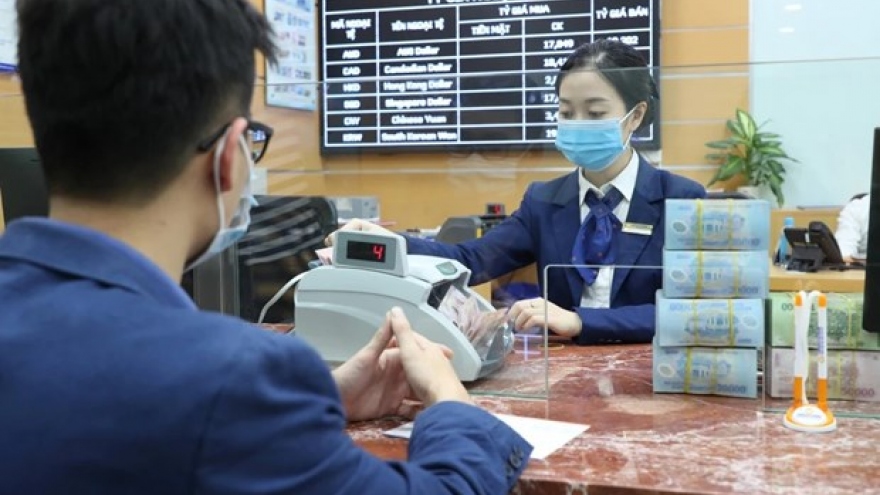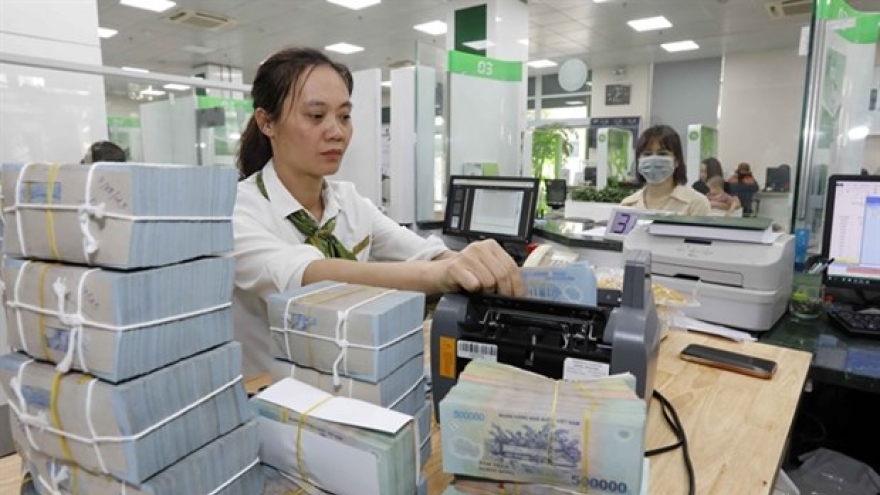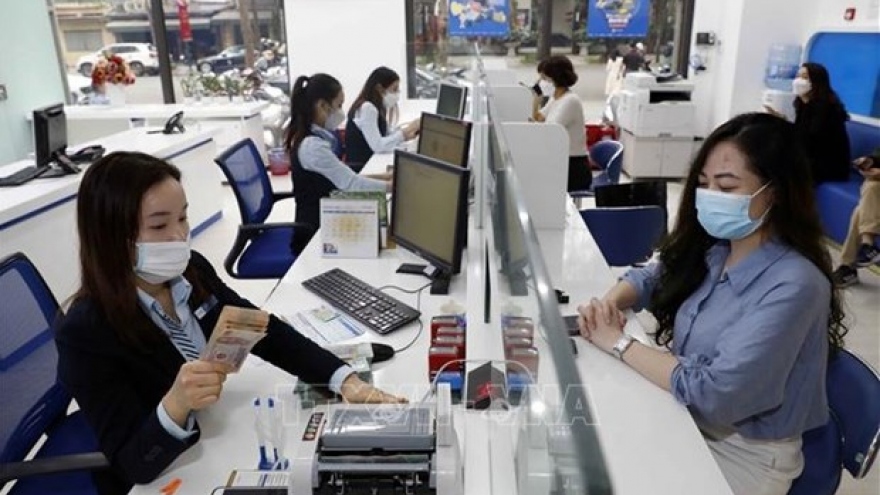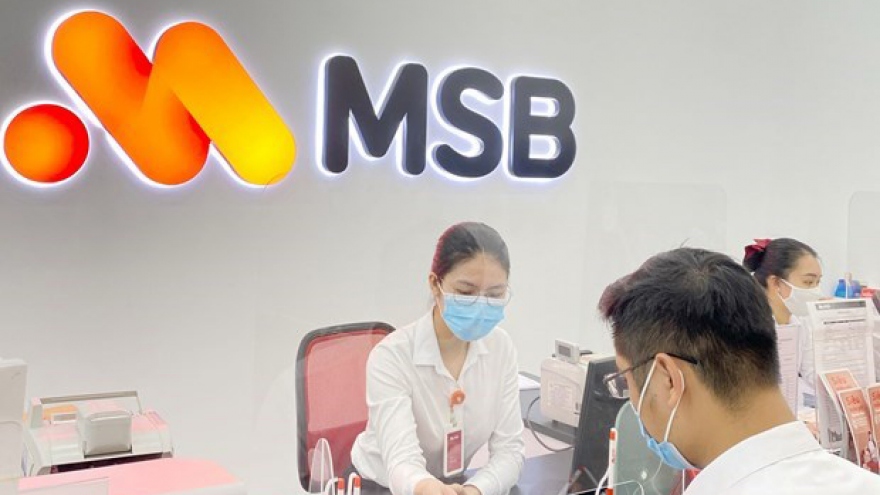Tag: credit growth

Banking system posts credit growth of 13.5% in 2023
Vietnam’s credit growth reached around 13.5% in 2023 although unprecedented developments of the global economy posed formidable challenges to the country’s monetary policy, Deputy Governor of the State Bank of Vietnam (SBV) Dao Minh Tu said on January 3.

Central bank sets credit growth target of 15% in 2024
The State Bank of Vietnam (SBV) has set a credit growth target of 15% for the domestic banking system in 2024.

Race to lower deposit interest rates to continue until year end
The race to lower deposit interest rates among banks is expected to continue until the end of 2023, according to analysts.

Credit growth still low in first half of 2023: SBV
Credit growth since the start of 2023 remains low, Deputy Governor of the State Bank of Vietnam (SBV) Dao Minh Tu said, blaming that fact on both subjective and objective causes.

Credit growth expected to improve in H2 2023
The State Bank of Vietnam (SBV) and relevant ministries are currently implementing a series of solutions aiming to increase the capital absorption of the economy amid low credit growth.

Low credit growth makes large banks curb capital mobilisation
Low credit growth has made large banks curb capital mobilisation and implement solutions for attracting borrowers.

Major commercial banks agree to further reduce interest rates
Four State-owned commercial joint stock banks in Vietnam have reached a high consensus on the State Bank of Vietnam (SBV)'s policy on reducing interest rates in the coming time.

Inadequate regulations hinder green credit growth
Green credit growth in Vietnam has remained limited due to the lack of a clear legal framework, according to industry insiders.

Credit growth slowing down, raising fear of business contraction
Credit growth in the first months of this year slowed significantly due to high interest rates and firms’ poor health, raising concerns about rising bad debts.

Central bank grants first credit growth quota for banks in 2023
The State Bank of Vietnam (SBV) has recently granted the first credit growth quotas in 2023 to a number of banks, with a majority of them receiving lower rates than last year.
